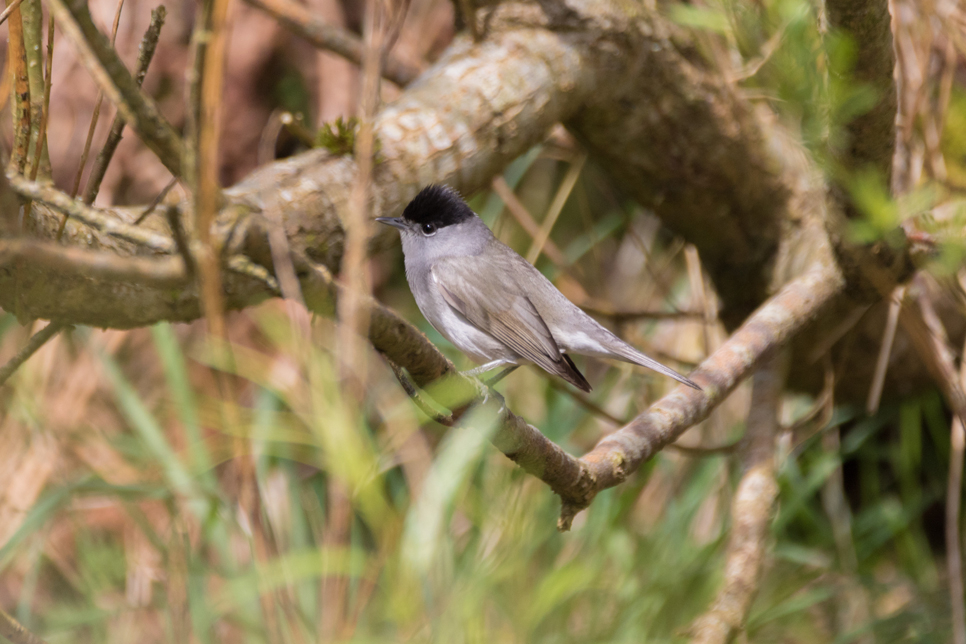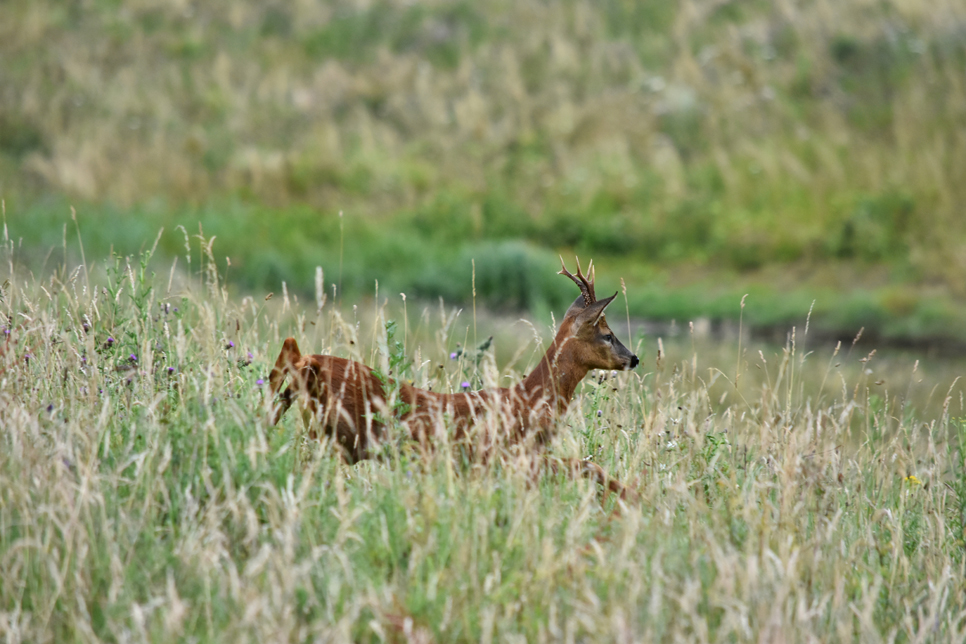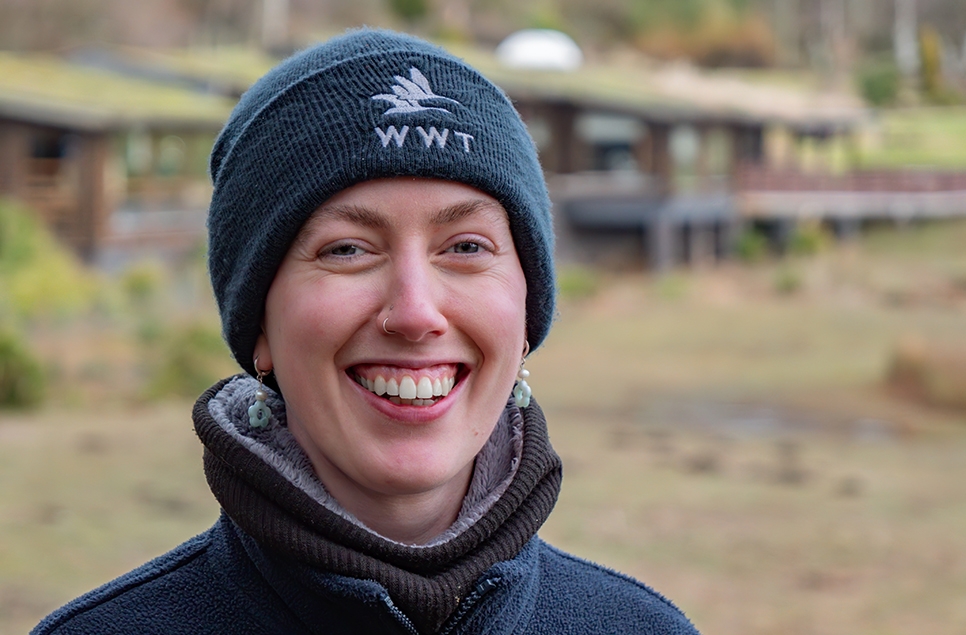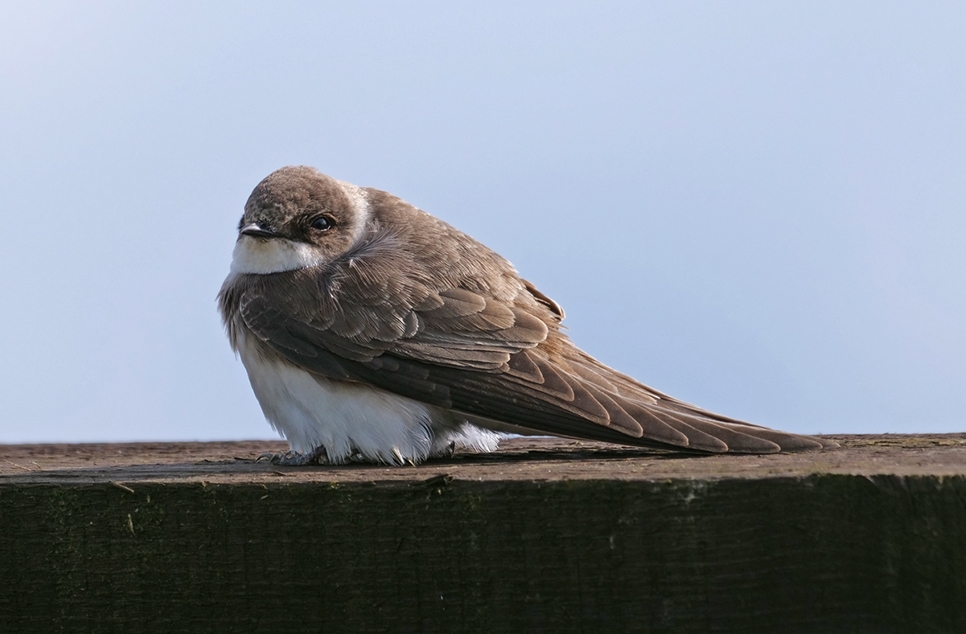Amphibian ponds - Drawn to Water top tips
A unique habitat home to thousands of species, our amphibian and dragonfly ponds are a special place to be.
Our amphibian and dragonfly ponds are home to a variety of pond life, with the surrounding trees full of birds. With good seating available in a relaxed setting overlooking the River Wear, it's a great place to spend a few moments enjoying the sights, the sounds, the smells and the peace of being surrounded by nature.
Our Drawn to Water guide is a great way to highlight key areas of our collection and wild reserve that are often overlooked. With many spots to stop, look and listen; you'll discover there's so much more to most places than first meets the eye (and ear!). It's all about pausing and taking a while to enjoy the array of nature that envelops you from the start of each and every visit to Washington Wetland Centre.

Amphibian pond highlights
It goes without saying that wetlands - no matter how big or small - are going to attract life. Our ponds here attract a huge variety of dragonflies and damselflies. Throughout the summer, vibrant dragonfly species such as, migrant hawkers, common darter, broad bodied chaser can be seen darting over the waters surface, often resting on stems, leaves and even the fence giving visitors fantastic close views. Damselflies are aplenty too, with azure, blue-tailed, common blue, large red and banded damoiselle damselflies displaying well.

In summer, a variety of warblers can be seen around our reserve. Blackcap (pictured), reed warbler, chiffchaff, sedge warbler and whitethroat are regularly seen around the trees of the amphibian ponds. You may hear them before you see them, their unique songs offering a natural melody that relaxes the soul.
Some of our shallower ponds display lots of life under the surface. On a bright and sunny day, you can see down to the bottom where newts are often resting or moving around, diving beetles and water boatman speedily swim around and insects such as pond skaters (pictured) glide over the surface. Seeing what you can spot is a great activity if visiting with children! (Please remember this habitat is legally protected and the handling of great-crested newts is illegal, therefore pond dipping is not permitted in these ponds - please check our events page for the next pond dipping sessions!)

As a wild part of our reserve, roe deer are free to roam around and can occasionally be spotted running across the paths or distantly through vegetation. Listen for the cracking of branches as they move around and watch for their silent bounds and you see the bright-white rump run in the opposite direction.
3 ways to slow down your experience
- Read a book - there's plenty of seating around the amphibian ponds, some overlooking the ponds themselves, others are higher up with views across the treeline or with scenes of the river below. All offer a wonderful resting spot to read or just enjoy some time to listen to nature.
- Spend a moment at Window on the Wear - this viewing screen looks directly onto the River Wear and offers views of a variety of wildlife. Look out for flocks of lapwing, wading curlew or redshank along the shores. Mammals can sometimes be spotted from here too, with occasional sightings of Eurasian otter and grey seal.
- Try some reflection photography - the ponds themselves offer beautiful reflecting light and can make for some dramatic photographs. Whether you're a seasoned pro or a beginner with a smart phone, you can create some pretty special photos! (Don't forget to share them with us on social media @WWTWashington too!)

Ready to visit?
If you've been inspired to explore Washington Wetland Centre and explore our reservoir, find out more and plan your visit online.
Plan your visit




